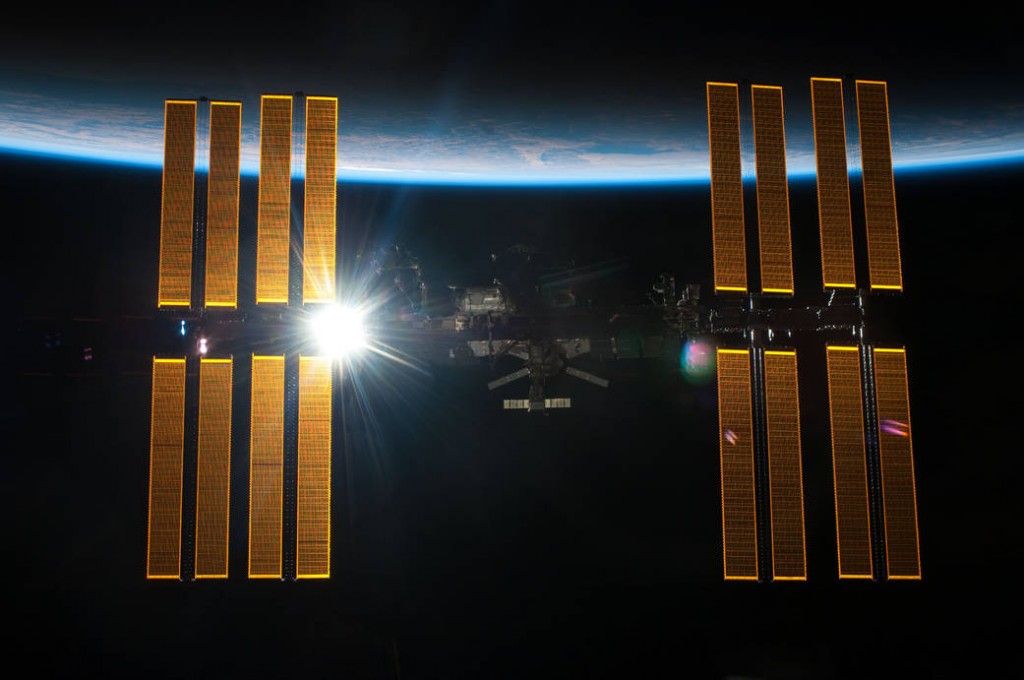
Via Gizmodo Australia, via the New York Times (Photo via NASA)
Last week, amateur radio enthusiast Adrian Lane sent a call signal to the International Space Station. To his shock and delight, he got a reply. He chatted with an astronaut for about 45 seconds before the station went out of range.
Lane’s brief “phone call” with an actual astronaut in space garnered international media attention, but according to NASA, this kind of thing happens all the time. That’s because there’s a ham radio up on the space station, similar to the ones used by amateur radio enthusiast around the world. That means you, too, can try calling the station!
Ham radio refers to a set of radio frequencies allocated to enthusiasts. To get on the airwaves, you need a basic knowledge of radio technology and operating principles, and you need to acquire a license. For Australia, amateur radio licensing information can be found on the ACMA or WIA websites.
Then you’ll need to get yourself some proper equipment. Read the Amateur Radio Relay League’s (ARRL) guide to learn all about selecting gear for your very first radio station. If you’re serious about calling an astronaut, you’ll also want to check out the Amateur Radio on the International Space Station (ARISS) page, which lists ham radio frequencies currently in use on board the ISS.
Your best chance of making contact with the ISS is when it’s directly overhead. Public domain software is available to help you track the station, find out when it will be within range and where to point your antenna. Here’s AMSAT’s popular pass prediction tool.
Finally, you’ll want to take the schedules of the ISS crew into account. They’re busy men and women, and there’s no guarantee they will answer your call, you ham! Says the ARISS:
The work schedules of the ISS crew dictate when they are able to operate the radios. The crew’s usual waking period is 0730 — 1930 UTC. The most common times to find a crew member making casual periods are about one hour after waking and before sleeping, when they have personal time. They’re usually free most of the weekend, as well. (The current crew work schedule is published on the NASA website.)
If you do make contact with the ISS, drop us a line and let us know how it went! I heard rumours that space lettuce tastes like rocket, and I’d really like to get some confirmation on that.
Original Gizmodo article here, More original New York Times article here.
